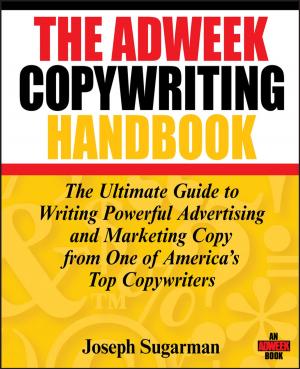Homogeneous Catalysis for Unreactive Bond Activation
Nonfiction, Science & Nature, Science, Chemistry, Physical & Theoretical, Organic, General Chemistry| Author: | ISBN: | 9781118788998 | |
| Publisher: | Wiley | Publication: | October 17, 2014 |
| Imprint: | Wiley | Language: | English |
| Author: | |
| ISBN: | 9781118788998 |
| Publisher: | Wiley |
| Publication: | October 17, 2014 |
| Imprint: | Wiley |
| Language: | English |
This book offers a comprehensive overview of different catalytic reactions applied to the activation of chemical bonds. Each of the seven chapters covers key C-X classes where carbon is combined with another element: chlorine, fluorine, nitrogen, sulfur, oxygen, hydrogen, and carbon.
The first part of the book discusses homogeneous catalysis in the activation and transformation of C-Cl and C-F, highlighting their basic activation modes, cross-coupling, and intensive mechanisms.
The second part of the book focuses on C-N, C-S, and C-O bonds, mentioning their catalytic pathways. Finally, C-H and C-C bonds, their activation, chemical transformations, and applicability are covered. Overall, the book presents methodologies that can be applied to the efficient synthesis of drug molecules and fine chemicals. Through their presentation, the authors show that synthetic chemistry can be done in greener ways that limit hazards and pollution.
This book offers a comprehensive overview of different catalytic reactions applied to the activation of chemical bonds. Each of the seven chapters covers key C-X classes where carbon is combined with another element: chlorine, fluorine, nitrogen, sulfur, oxygen, hydrogen, and carbon.
The first part of the book discusses homogeneous catalysis in the activation and transformation of C-Cl and C-F, highlighting their basic activation modes, cross-coupling, and intensive mechanisms.
The second part of the book focuses on C-N, C-S, and C-O bonds, mentioning their catalytic pathways. Finally, C-H and C-C bonds, their activation, chemical transformations, and applicability are covered. Overall, the book presents methodologies that can be applied to the efficient synthesis of drug molecules and fine chemicals. Through their presentation, the authors show that synthetic chemistry can be done in greener ways that limit hazards and pollution.















